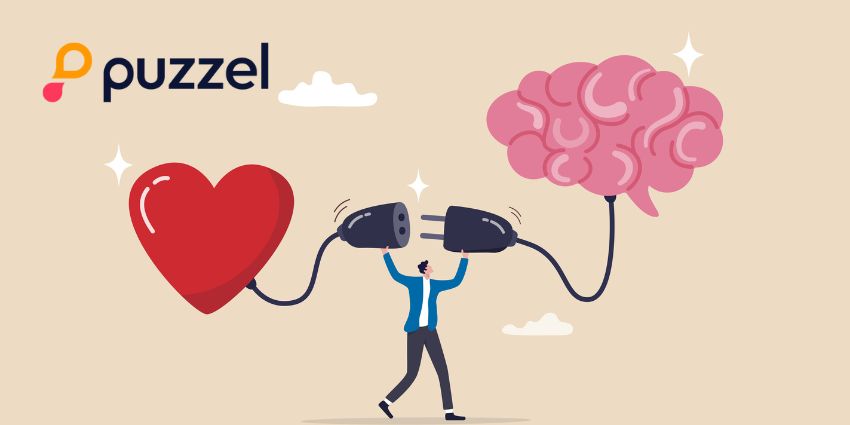The business problem: front-line agents are drowning in tabs, toggles, and tool fatigue. Leaders want faster resolution, deeper relationships, and lower costs—but complexity is stealing the oxygen from great service. Meanwhile, AI hype risks turning strategy into demo theatre.
At WebexOne 2025 in San Diego, we sat down with Vinod Muthukrishnan, VP & COO, Webex Customer Experience (Cisco), and Matt Kravitz, VP of Product & Chief Customer Officer, Salesforce Service Cloud, to probe a simple question in true journalistic fashion: will a tighter Cisco Webex Customer Experience–Salesforce partnership finally give agents one screen, one truth—and give leaders a safer on-ramp to agentic AI?
Start with People, Then the Platform
Both leaders argue that while AI is accelerating, humans still handle the vast majority of interactions. Complexity—more than call volume—is the silent killer of CX. The immediate prize: reduce swivel-chair work, surface context at the moment of need, and let people lean into conversations that matter.
“As the simple stuff gets automated, what’s left are the complex, meaningful engagements. That’s where people shine.”
Connected Intelligence in Practice
The partnership centres on deep CRM + contact centre integration: think Salesforce’s data, automation, and service console fused with Webex Contact Center’s telephony, routing, and channels. For the rep who lives in Salesforce, calls and channels appear natively; for operations, journeys and policies stay coherent across systems.
- One workspace: reduce context switching and cognitive load.
- One truth: unify customer data, history, and next best action.
- One path to AI: introduce automation where it helps, not where it hurts.
“AI is a marathon, not a sprint. It’s a team sport—milestone by milestone with customers, guardrails, and real value.”
Agentic AI: From Demos to Deployment
It has never been easier to build a slick AI agent demo—and never harder to deploy responsibly at scale. The pair frame agentic AI as an operating model, not a gadget: start with truth (your data), choose the right metrics (customer outcomes over “containment”), and phase automation where it augments people.
- Could vs Should: just because you can automate a step doesn’t mean you should—especially for moments that benefit from human empathy (e.g., cancellations or complex changes).
- Good vs Bad Deflection: remove friction for trivial tasks, but invite conversations when there’s value in the dialogue.
- Guardrails First: safety, security, and governance are prerequisites, not patches.
What the Integration Means Day to Day
For agents: fewer systems, richer context, faster time-to-resolution. For leaders: clearer visibility from marketing to service, cleaner data for AI, and a pragmatic runway to automate the right journeys in the right order.
Top Tips for CX & Tech Leaders in 2025
- Master the basics: stabilise data, journeys, and KPIs before scaling AI.
- Apply the “Could vs Should” test: prioritise human-in-the-loop where trust and value are at stake.
- Fix agent experience first: a unified console beats a dozen dashboards.
- Instrument outcomes: optimise for customer value, not containment.
- Phase-in agentic AI: milestone by milestone, with governance baked in.
More WebexOne 2025 News
- Cisco Doubles Down on AI-Powered Contact Center at WebexOne 2025
- Smarter Conversations, Healthier Outcomes: Valeris’ Webex Contact Center Story
- No More Boxes: Webex’s Open Approach to Customer Experience Integration
- Ryan Reynolds at WebexOne 2025: Hollywood, Business, and CX with a Side of Sarcasm
- Connected Intelligence and the End of the Drudge Work, Says Nate Brown






